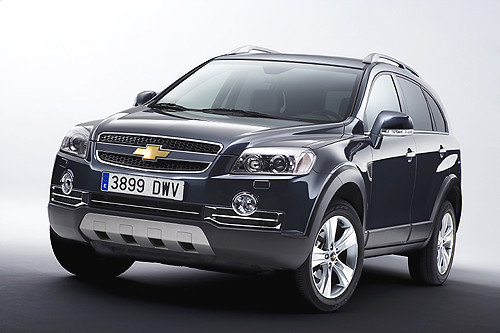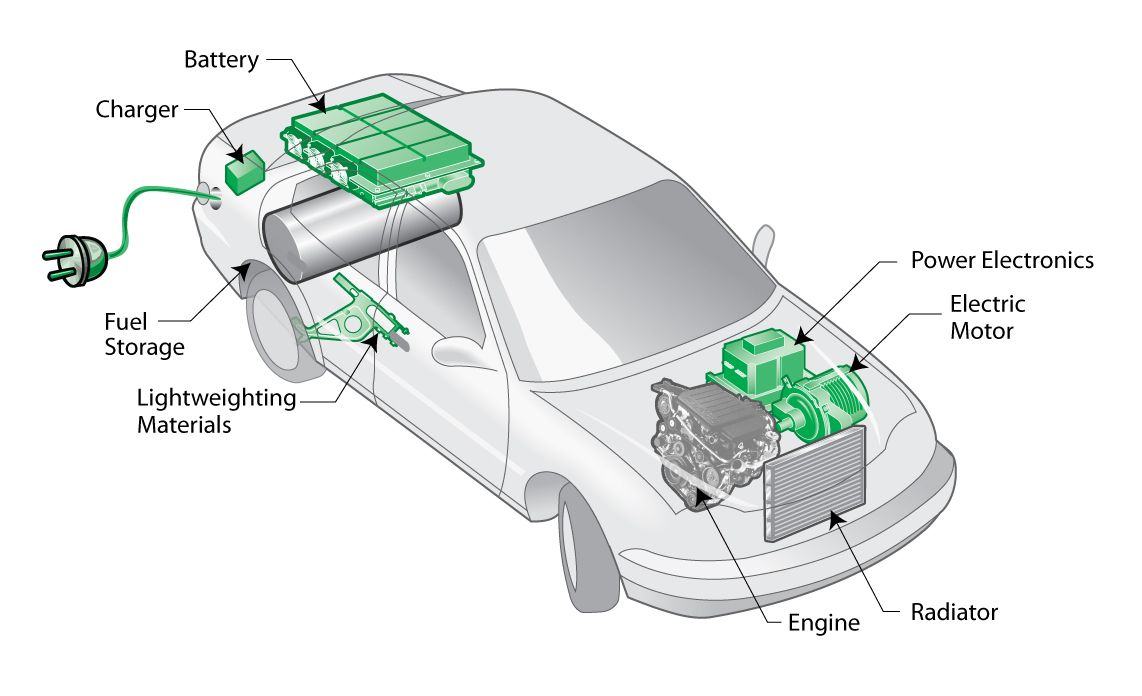
Welcome to the exciting world of electric vehicle ownership! One of the most significant advantages, and arguably the greatest luxury, of driving an EV is the ability to charge right in the comfort of your own home. Imagine plugging in your car in the evening, much like you would your smartphone, and waking up to a fully charged battery, ready to tackle your day without a detour to the gas station. This convenience isn’t just a perk; it’s a transformative experience that redefines your relationship with transportation.
This comprehensive guide is designed to empower you with all the knowledge needed to set up an efficient, cost-effective, and reliable home EV charging station. We’ll demystify the process, from understanding installation costs and selecting the right equipment to finding qualified professionals and leveraging available incentives. Our goal is to ensure you transition to easy EV living smoothly, avoiding common pitfalls and maximizing the benefits of charging at home.
While the prospect of installing a home charging station might seem daunting, potentially fraught with unexpected costs or ambiguous information, it doesn’t have to be. By breaking down the essential aspects and providing expert-driven advice, we’re here to help you navigate this journey with confidence, ensuring you end up with the perfect home EV charger and a competent installer—all at a fair price.
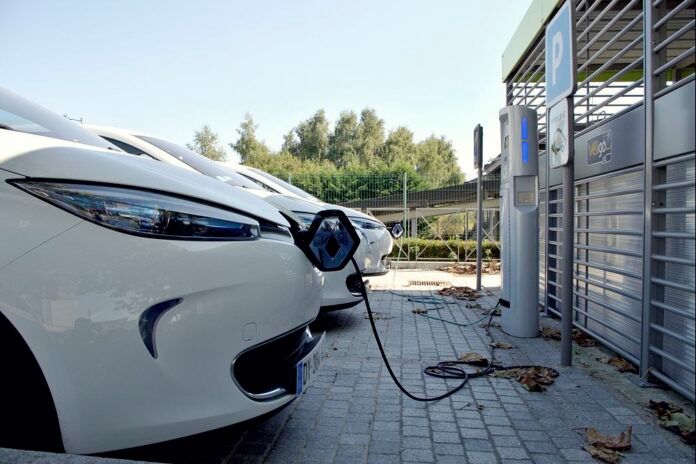
1. **The Unbeatable Perk of Home EV Charging**
Charging your electric vehicle (EV) at home truly stands out as one of the most compelling reasons to go electric. It’s not just about convenience; it fundamentally changes your daily routine for the better. The ability to plug in a nearly depleted EV in the evening and wake up to a full battery the next morning is a game-changer, eliminating the need for frequent trips to public charging stations or, dare we say, gas stations.
This isn’t just about saving time; it’s about control and peace of mind. Most EV owners report doing over 80 percent of their charging at home, underscoring its central role in the EV experience. This consistent, overnight charging can significantly reduce your total ownership costs, especially when compared to the fluctuating prices of gasoline or the often higher rates at public fast chargers. At a national average of $0.14 per kWh, and with most EVs achieving 3 to 4 miles per kWh, you’re looking at around $0.04 per mile – a far more economical option than conventional fuel.
Beyond cost savings, home charging plays a crucial role in battery longevity. It allows for more consistent, slower charging, which is generally better for the long-term health of your EV’s battery compared to frequent reliance on high-power DC fast chargers. This method of charging also virtually eliminates range anxiety, giving you the confidence to start each day with a full charge, knowing your vehicle is ready for whatever your commute or adventures demand.
Read more about: Drive with Peace of Mind: The Top 12 Car Brands Offering the Best Long-Term Warranties for Over 7 Years
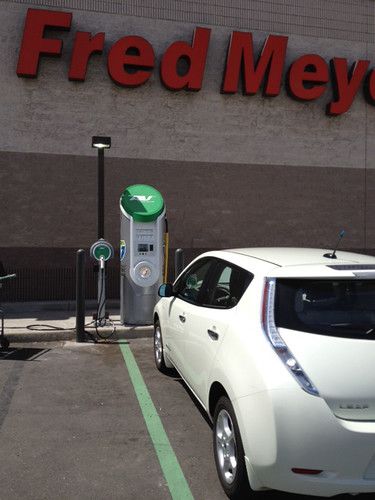
2. **Understanding Installation Costs and Potential Surprises**
Setting up a Level 2 (240-volt) home charging station involves both purchasing the charger itself and having it professionally installed. For most American homeowners, the total expenditure typically ranges from $1,150 to $2,750. This estimate generally includes the cost of a quality home charger, which usually falls between $350 and $750, and the installation work, which averages between $800 and $2,000, according to Qmerit, a national specialist in EV charging equipment installation.
Several factors significantly influence the final installation price. These include the cost of labor in your specific geographic area, the power output of the charger you choose, the distance your electrician needs to run wiring between your home’s electrical panel and the charging station, and the overall complexity of the job. It’s also important to factor in the price of necessary permits, which are often included in these estimates.
However, some homeowners might encounter quotes that are surprisingly high, potentially exceeding $5,000 or even $10,000 in extreme cases. These higher estimates commonly arise from specific challenges. Older homes, for instance, may possess outdated electrical panels, or the existing panel might simply lack the necessary room for a new 240-volt circuit. An upgrade to a larger breaker panel can add several thousand dollars to the project. Furthermore, if the service wires feeding electricity to your house cannot deliver enough amperage to support a charger on top of your current electrical load, especially if these lines are buried underground, costs can escalate dramatically. Replacing these service wires requires involvement from your local utility, which can also extend the project timeline by several months.
Read more about: Unlock Continuous Power: 13 Essential Ways to Keep Your RV’s 12-Volt Battery Charged on Every Adventure
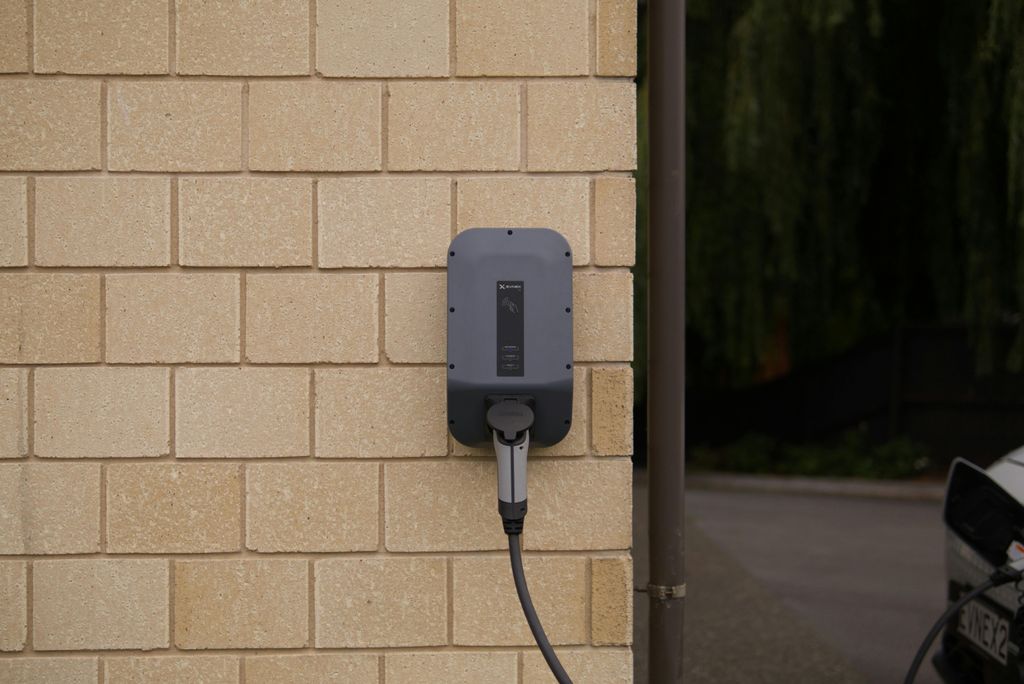
3. **Essential Features to Look for in a Home EV Charger**
When you’re ready to select your home EV charger, a few key features can make a significant difference in convenience, safety, and future-proofing your setup. A fundamental consideration is the cord length; we strongly recommend a cable that is 20 feet or longer. A generous cable provides remarkable flexibility, allowing you to charge vehicles in different parking spots within a two-car garage or even plug in a car parked outside if your station is near a garage door. This longer cord also future-proofs your investment, accommodating future EV models that might have their charging port in a different location.
Safety should always be paramount, which is why Underwriters Laboratories (UL) or Intertek (ETL) certification is non-negotiable. Chargers vetted by these trusted, independent safety organizations have undergone rigorous testing to meet industry safety standards. While it might be tempting to opt for cheaper, uncertified units, a faulty charger carries significant risks, ranging from expensive repair bills to, in the worst-case scenario, a house fire. Skipping these certifications for a slight price reduction is simply not worth the potential dangers.
Another feature to consider is Wi-Fi connectivity, though its necessity varies among drivers. These “smart” chargers offer capabilities such as tracking energy usage and calculating electricity costs for each charging session. They also allow you to set charging schedules, which is particularly valuable for users on time-of-use utility plans that offer cheaper electricity rates during off-peak hours. It’s worth noting, however, that many EVs and plug-in hybrids already incorporate charge-scheduling features directly into their infotainment systems, potentially negating the need for this in the charger itself.
Read more about: Remember Them? 13 Basic Engines Who Absolutely Survived It as Long-Haul Warriors.
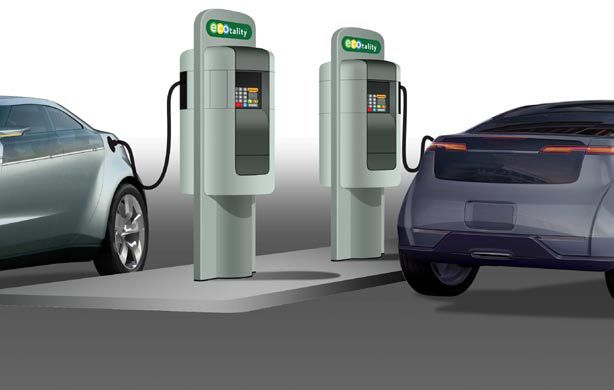
4. **Finding the Right Power Level: Kilowatts and Amperage Explained**
Understanding the power output of a charging station, measured in kilowatts (kW), is crucial as it directly dictates how quickly your EV will charge. However, it’s important to realize that more power isn’t always unequivocally better. While a higher kilowatt rating means faster charging, the ultimate speed is also limited by your vehicle’s maximum AC charging capacity and your home’s electrical infrastructure.
For most drivers, a 9.6-kilowatt charger is an excellent recommendation. This level typically adds approximately 29 miles of range per hour of charging for a midsize crossover SUV, such as the Hyundai Ioniq 5, or about 18 miles per hour for larger vehicles like the Ford F-150 Lightning. While 11.5 kilowatts is a nice-to-have upgrade, and 7.2 kilowatts is considered the minimum, remember that speed isn’t the only factor at home. If your vehicle is parked for eight to 12 hours overnight, even a 7.2 kW charger can easily provide a full charge when you wake up. Most EV drivers rarely charge from empty to full, preferring to charge from 30% to 80% for daily needs, which is also better for battery longevity.
When considering how high you can go with power, first identify the maximum AC or Level 2 charging power your specific EV can accept. This figure, often found in technical specifications or online forums rather than the owner’s manual, typically ranges from 6.6 to 19.2 kilowatts, with many modern EVs capped at 11.5 kilowatts. Larger electric trucks, like the GMC Hummer EV and Ford F-150 Lightning, are often designed to handle the highest power levels. Next, consult with an electrician to assess what your home’s electrical capacity and your budget can comfortably support. The incremental benefit of upgrading from 9.6 to 11.5 kilowatts might not justify the added cost of electrical service upgrades or a load-management system. Higher power also means thicker, more expensive wiring. Rest assured, your car will only draw the power it can handle, regardless of the charger’s maximum output.
Talking about both amps and kilowatts often feels redundant because they are directly related. If you specify a charging power of 9.6 kilowatts, this inherently translates to 40 amps at 240 volts in a typical American single-family home (kilowatts = (amps * volts) / 1,000). When checking your electrician’s work, remember that the circuit breaker for a charging station is always sized at 125 percent larger than the amperage you’ll continuously charge at. For instance, a 9.6-kilowatt charger delivering 40 amps will require a 50-amp breaker in your electrical panel, ensuring safety and compliance with continuous load regulations.

5. **Hardwiring vs. Plug-in Installation: What the Experts Recommend**
In the past, the convenience of installing a NEMA 14-50 outlet for a home EV charger was often highlighted. This setup allows you the flexibility to easily take your charging station with you if you move, replace it without needing an electrician, or even use the outlet for other occasional high-power devices like welders or heaters. However, the consensus among professional installers is increasingly leaning towards hardwiring, and for very good reason.
Charging-station installer Qmerit, for example, strongly recommends hardwiring all wall chargers to prevent what’s known as “nuisance tripping.” Most UL- and ETL-certified Level 2 chargers include internal ground-fault protection, designed to cut power in the event of an electrical surge. Simultaneously, local electrical codes frequently mandate the use of a ground-fault circuit-interrupting (GFCI) breaker when installing a 240-volt outlet for EV charging. The issue arises when you have two GFCIs on the same circuit; this can lead to the circuit breaker unnecessarily cutting power, a significant inconvenience when you discover your car hasn’t charged overnight.
If you still opt for a plug-in installation, Tracy Price, the CEO of Qmerit, offers a crucial piece of advice: “Make sure that the electrician uses a commercial grade plug. It’s probably $100 instead of $10, but it’s designed for that use.” Cheaper outlets are not built to withstand the continuous, 8-to-12-hour usage common with EV charging. These lower-quality outlets can also degrade quickly with frequent plugging and unplugging. Loose electrical connections due to wear can generate heat, posing a serious risk of fire. A properly installed charging station, whether hardwired or connected via a high-quality outlet, significantly mitigates these risks, ensuring both safety and reliable performance.
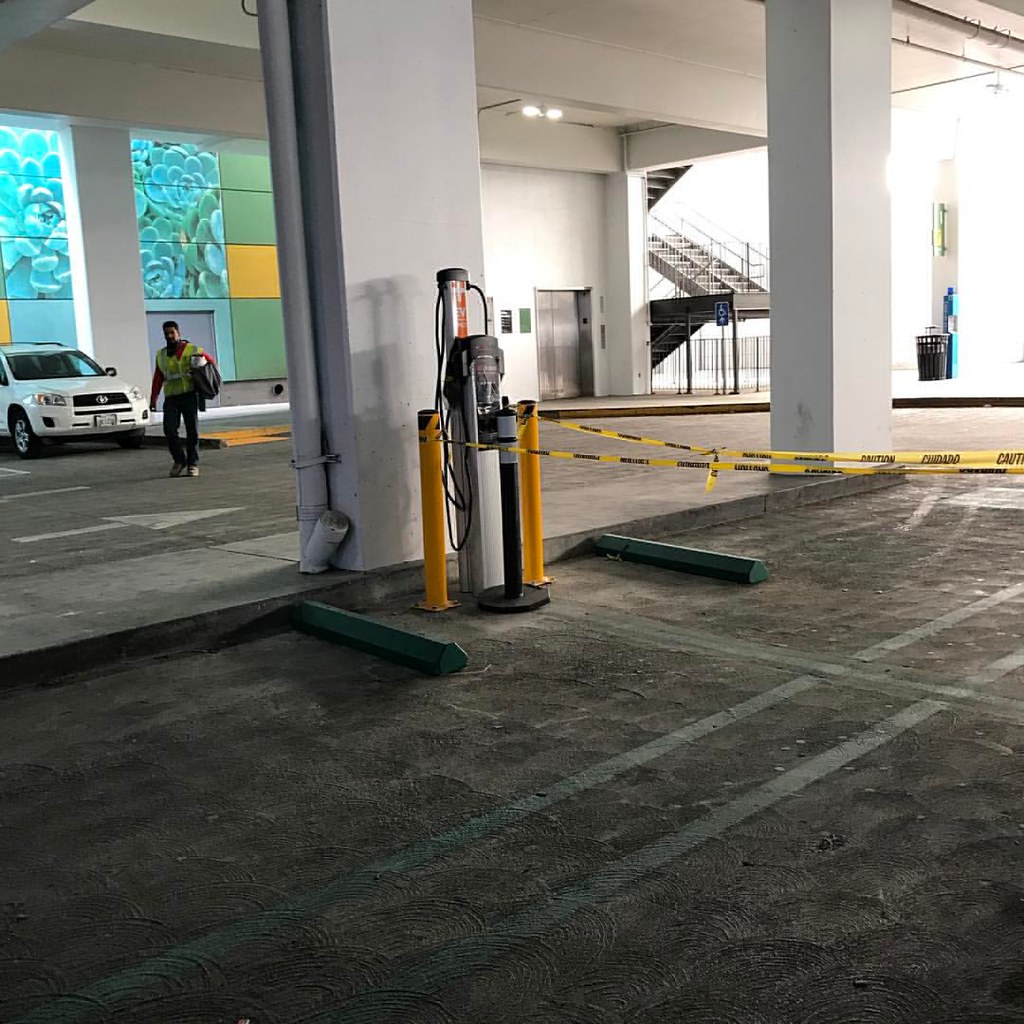
6. **Navigating High Installation Quotes: Cost-Saving Solutions**
Receiving an electrician’s quote for $10,000 or more to install an EV charger, particularly if it involves upgrading the main electrical service wires to your house, can be alarming. But don’t despair; you have several cheaper options to explore before committing to such a substantial investment. Innovative solutions exist that can help manage your home’s electrical load without requiring a costly service upgrade.
Smart EV charging stations like the Wallbox Pulsar Plus (both 40A and 48A models) offer a clever workaround. When paired with an additional power meter, these chargers can intelligently throttle how much power they draw. This prevents your house’s main breaker from tripping due to excessive electrical load, allowing you to charge your EV without overhauling your entire electrical service. This proactive load management ensures continuous charging, albeit at a potentially slower rate during peak household electricity usage.
Another option, the more expensive RVE Demand Charge Controller (DCC-12), operates on a similar principle but with a different mechanism. Instead of throttling power, it can only switch an EV charger on or off entirely when the whole-house electrical load reaches a certain predefined threshold. While effective for preventing overloads, it doesn’t offer the nuanced, continuous charging at a reduced rate that smart chargers like the Wallbox provide. For homes where the electrical panel lacks two empty breaker slots for a new 240-volt circuit, a promising solution is on the horizon. ConnectDER’s meter collar allows you to draw power for an EV charging station directly from your electric meter, effectively bypassing your main panel. While not yet widely available for EV chargers, the company has successfully deployed over 12,000 similar collars for connecting home solar panels to the grid, indicating a viable future for this technology.
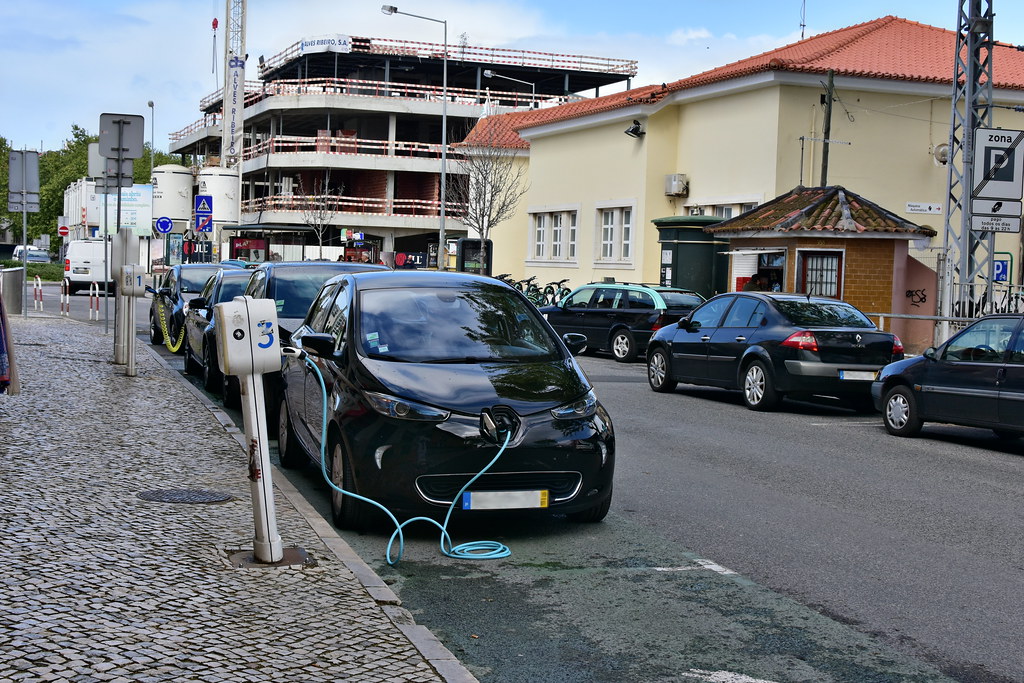
7. **Finding a Competent Electrician for Your EV Charger**
Just like any significant home improvement project, finding the right electrician for your EV charger installation is paramount. It’s always wise to obtain a few quotes from different professionals. This not only allows you to compare pricing but also provides an opportunity to gauge each electrician’s approach to the job and their level of expertise. Don’t hesitate to read online reviews and ask friends, family, or neighbors for recommendations; word-of-mouth can often lead you to truly reliable professionals.
Qmerit, a national charging-station installer, has earned a strong reputation for delivering quality work in this specialized field. They have established partnerships with over 20 automakers to facilitate home charging station installations for new EV buyers, which speaks volumes about their credibility and reach. Regardless of who you ultimately hire, Tracy Price of Qmerit provides two essential questions that can help you filter out less qualified candidates and ensure a safe, compliant installation.
Price advises that if an electrician answers “no” to either, “Are you doing a load calculation?” or “Are you pulling a permit?” you should “go elsewhere,” irrespective of the cost. A load calculation is critical for determining if your home’s existing electrical system can safely support the additional demand of an EV charger without risking overloads. Similarly, pulling the necessary permits ensures the installation complies with local and state codes, protecting both your property and your investment. Furthermore, Price notes that electricians certified by the Electric Vehicle Infrastructure Training Program (EVITP) have met a high bar for qualifications, though such specialized expertise might be harder to find in areas where EVs are still a relatively new phenomenon.
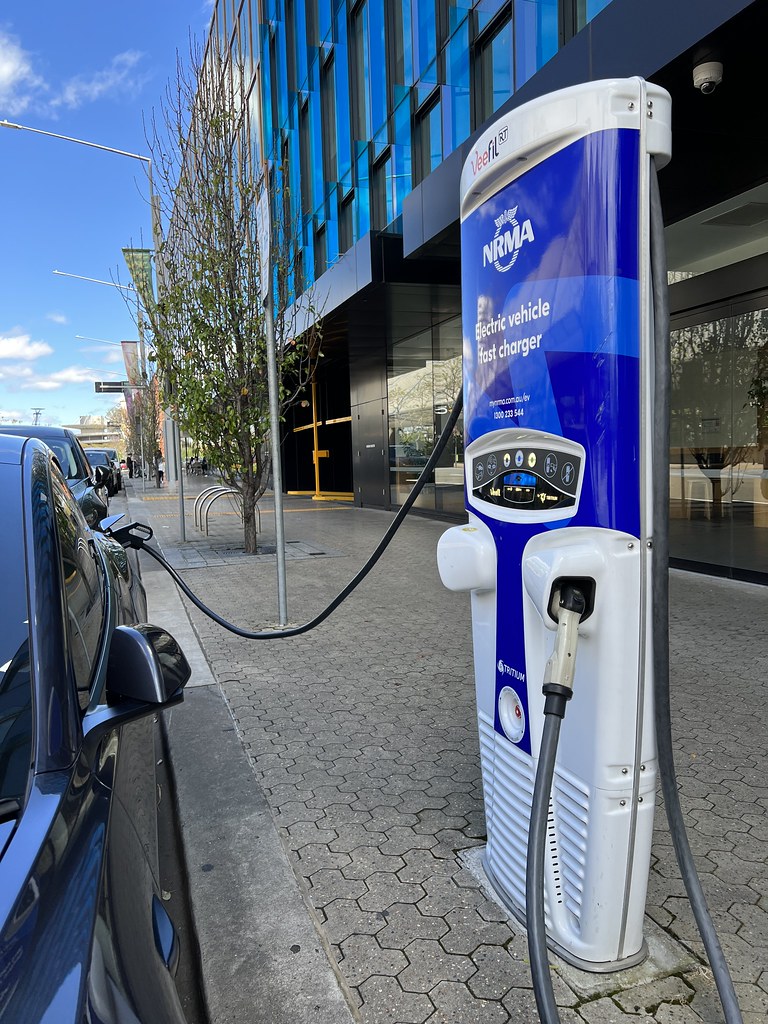
8. **The Viability of Level 1 Charging for Different Driving Habits**
Level 1 charging, utilizing a standard 120-volt outlet, offers the simplest entry into home EV charging, requiring no special installation. It’s practical for plug-in hybrid electric vehicles (PHEVs) or EVs with very short daily commutes, typically 30 miles or less, providing a sufficient overnight top-up.
However, its limitations are significant. Level 1 charging adds a modest three miles of driving range or less per hour. Recharging a larger EV battery fully can easily take over 24 hours, often proving insufficient for longer daily demands.
Furthermore, in cold temperatures, Level 1 charging efficiency drops, sometimes only maintaining the battery’s current level. Relying solely on it can lead to frustration, frequently necessitating trips to public Level 2 or 3 stations.
Read more about: Remember Them? 7 Early Hybrids Who Absolutely Proved It as Efficiency Leaders
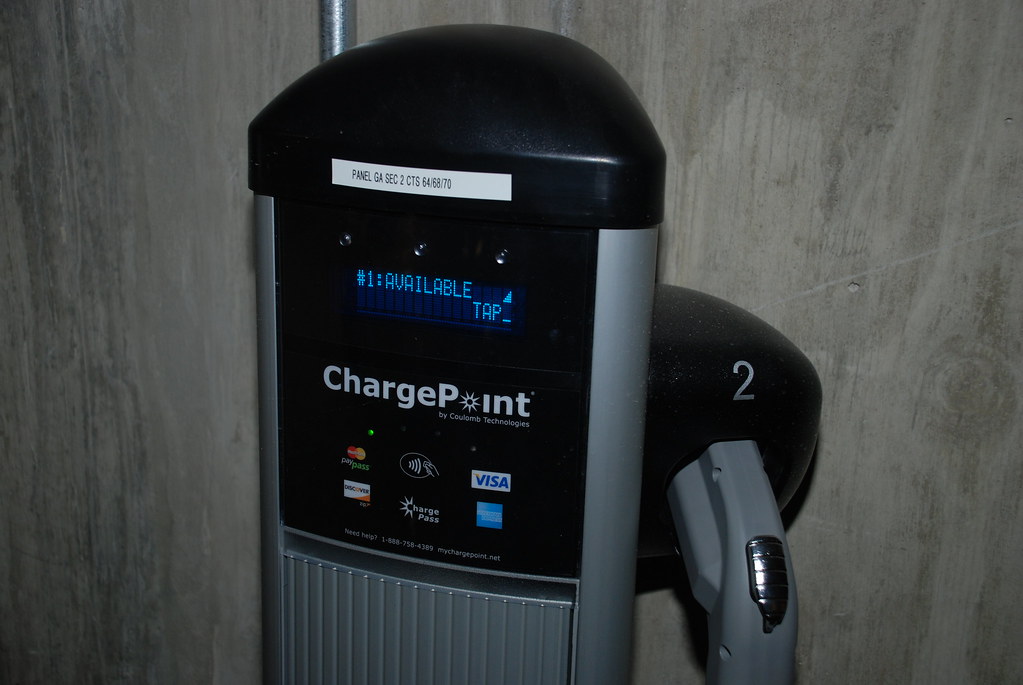
9. **Maximizing Your EV’s Included 240-Volt Mobile Charging Cable**
Many new EVs include a “mobile charging cable” supporting 240-volt charging. This versatile cord can serve as a regular home station, offering an immediate Level 2 solution without purchasing a separate unit. It’s an often-overlooked asset for immediate home charging.
These included cables typically limit charging to about 7.2 kilowatts. While not the fastest, this power is usually adequate for most owners, easily providing a full overnight charge for daily needs, especially when topping up from 30% to 80%. This makes it a practical solution, particularly for budget-conscious users.
For optimal safety, mounting the power electronics box to a wall is highly recommended. This simple step reduces strain on the outlet and cable connections, contributing to more reliable operation. Utilizing your EV’s included 240-volt cable leverages existing equipment for a smoother transition to home charging.

10. **A Comprehensive Look at Level 1 and Level 2 Charger Types**
Understanding Level 1 and Level 2 chargers is fundamental for home EV charging. Level 1 uses a standard 120V household outlet, like for small appliances. It offers slow charging, adding 3 to 5 miles of range per hour, with 8 to 16 amps output, best for short commutes or PHEVs.
Level 2 charging is the recommended standard for daily home EV use. These chargers operate on a 240V outlet, or are hardwired. Higher voltage means significantly faster charging, delivering 12 to 40 miles of range per hour, with typical outputs of 30 to 40 amps.
The choice depends on your driving habits, home infrastructure, and budget. While Level 1 is simple, Level 2 offers the speed and convenience essential for seamless daily EV ownership. Professional wiring may be required for Level 2 if a suitable 240V outlet isn’t present.
Read more about: Enthusiasts Read This: 10 Types of Performance Upgrades You Should Seriously Think Twice About Funding.
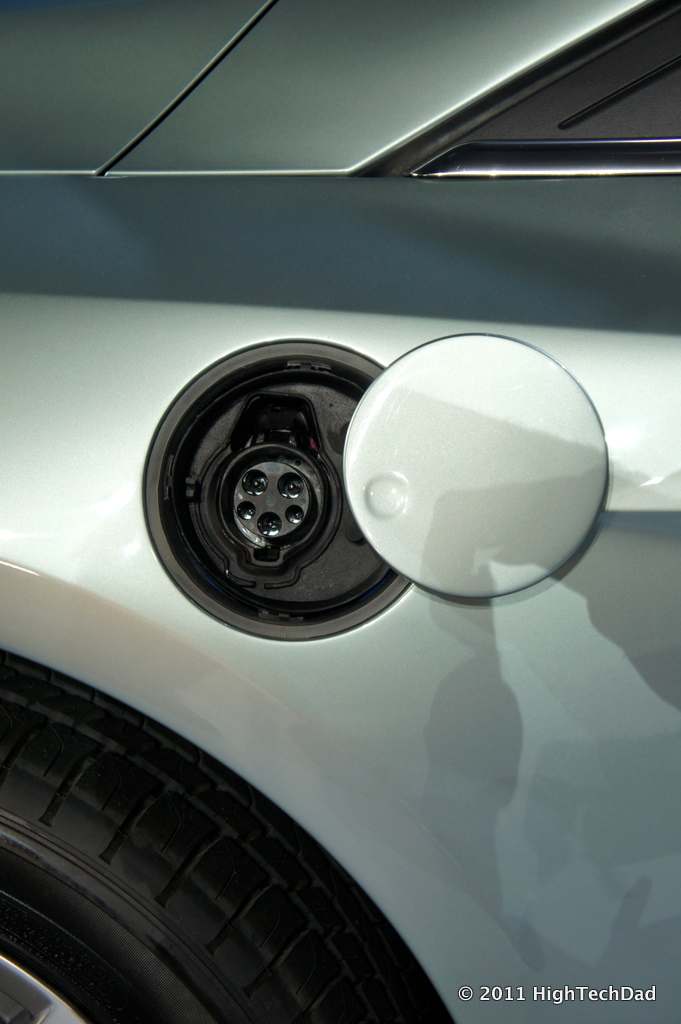
11. **Top-Rated Level 2 Home Charger Models Reviewed**
Choosing the right Level 2 home charger can be daunting, but several top-rated models stand out. We review some best options, compatible with most EVs and providing faster home charging.
The **ChargePoint Home Flex** offers high flexibility, supporting up to 50 amps. It features scheduled charging and energy tracking via Wi-Fi and an app, with a 23-foot cable. Priced from $700-$900, it’s a robust choice for advanced features and high power.
For a compact, smart design, the **Wallbox Pulsar Plus** (40A and 48A) excels, particularly with solar-ready integration. It includes a 25-foot cable, Wi-Fi, and app connectivity. Ranging from $600-$800, it balances features and value effectively.
The **JuiceBox 40** integrates with voice assistants like Alexa and Google Assistant. It provides 40 amps, a 25-foot cable, and Wi-Fi/app connectivity. Priced between $650-$850, it appeals to tech-savvy users.
If durability and simplicity are priorities, the **Grizzl-E Classic** (40A) is an excellent budget option ($400-$600). Lacking Wi-Fi, it offers a rugged design, a 24-foot cable, and impressive IP67 weatherization. It’s UL listed.
The **Emporia Level 2 EV Charger** (J1772 and NACS) is a top performer, supporting up to 48A for a 5-8 hour full charge. It boasts a 24-foot cord, UL listing, and NEMA 4 (IP66) weatherization. Priced around $430-$455 with a three-year warranty, it’s highly recommended for speed and durability.
For charging two EVs simultaneously, the **United Chargers Grizzl-E Duo** is unique. It features two 24-foot J1772 cords and splits 40A between vehicles (20A each). UL listed with an IP67 rating, it costs about $800. It’s plug-in only (NEMA 14-50 or 6-50).
Finally, the **Lectron Portable Level 2 Charger** (J1772 or NACS) offers portability and 40A charging, with a 16-foot cord. It plugs into a NEMA 14-50 outlet and has an IP65 rating. At $240-$290, it’s ideal for on-the-go Level 2 power.
Read more about: Navigating the Future: 14 Top New SUVs and Crossovers to Watch in 2025 for Savvy Buyers
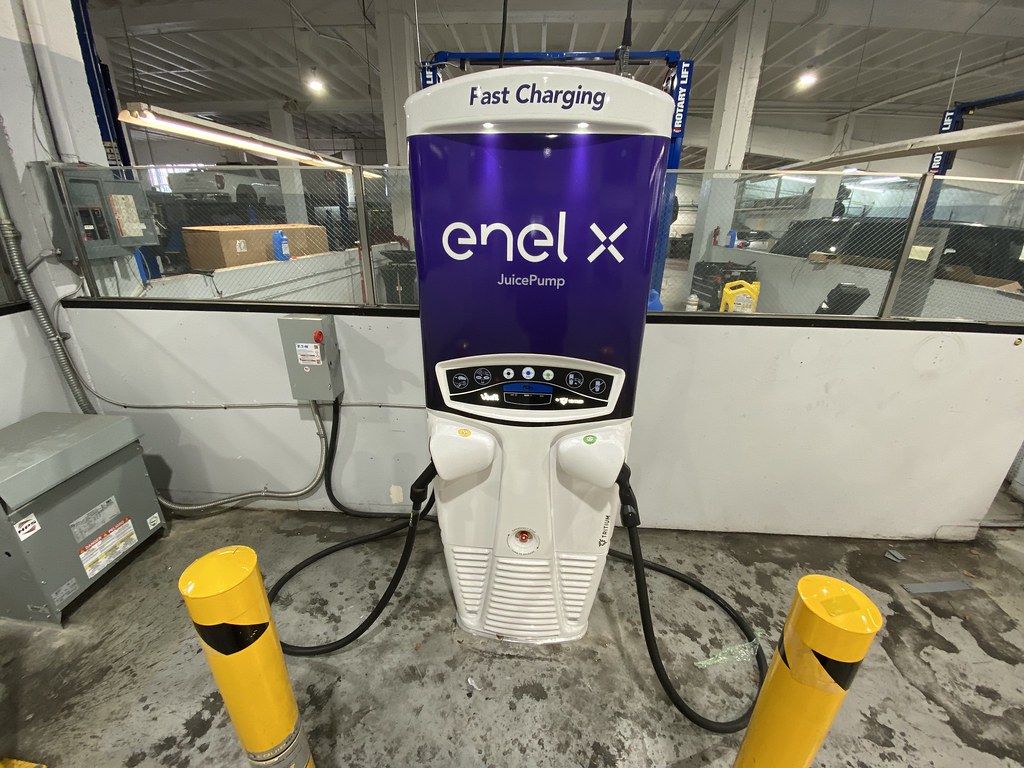
12. **Your Essential Home Charger Installation Checklist**
A structured approach ensures a smooth home EV charger installation. This checklist promotes an efficient, safe, and compliant setup, saving time and preventing potential issues.
First, **evaluate your EV’s charging capacity**. Your vehicle’s maximum AC charging rate determines the optimal charger. This detail prevents overspending on an overpowered unit and ensures compatibility.
Next, **decide between a plug-in or hardwired unit**. Professionals often recommend hardwiring to prevent “nuisance tripping” and ensure a robust connection, impacting electrical work and reliability.
Crucially, have a qualified electrician **assess your electrical panel’s amperage**, ideally 40A or more dedicated for the charger. This load calculation verifies if existing infrastructure supports a Level 2 charger without costly upgrades.
Don’t overlook checking for **required permits or professional home inspections**. Local and state codes often mandate permits, ensuring safety compliance. Skipping this can lead to issues with insurance, resale, or fines.
Hiring a **licensed electrician to install and test the system** is paramount. Professionals ensure correct, safe wiring compliant with the National Electrical Code (NEC) Article 625, preventing hazards and ensuring system integrity.
Furthermore, always **ensure the charger is UL or CSA certified**. These independent safety certifications confirm rigorous testing and adherence to industry standards. Uncertified units pose unacceptable risks.
Finally, after installation, **configure charge scheduling using the EV or charger app**. This smart charging strategy leverages off-peak electricity rates, significantly reducing operational costs and maximizing economic benefits.
Read more about: The 14 Essential Free & Free-Tier Apps for Enhanced Car Health, Performance, and On-Road Efficiency
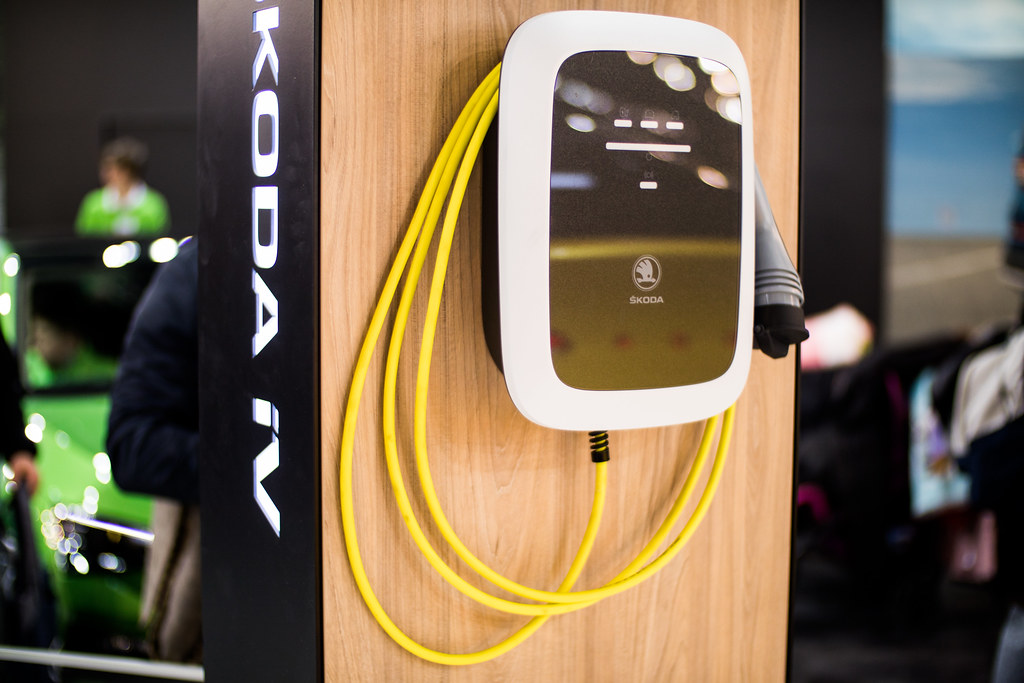
13. **Specialized Charging Scenarios: Apartments, Cold Climates, and Multi-EV Households**
Home charging convenience sometimes faces unique challenges. Tailored solutions ensure all EV owners integrate charging seamlessly into their routines, regardless of circumstances.
For **apartment or condo residents**, traditional home charging isn’t always feasible. First, check for 120V or 240V outlets in your parking area. Engage your HOA or landlord about installing shared chargers. Use apps like PlugShare for nearby public stations when on-site options are limited.
**Cold climates** impact EV charging efficiency. Expect slower speeds, as low temperatures affect battery chemistry. Combat this by using your EV’s app to precondition the battery before driving, warming it to optimal temperatures for better efficiency and range.
**Multi-EV households** require intelligent power management. Installing multiple Level 2 chargers without planning can lead to costly electrical upgrades. Consider load-sharing chargers, like specific Tesla Wall Connector or Wallbox setups, which intelligently distribute power from a single circuit for efficient simultaneous charging.
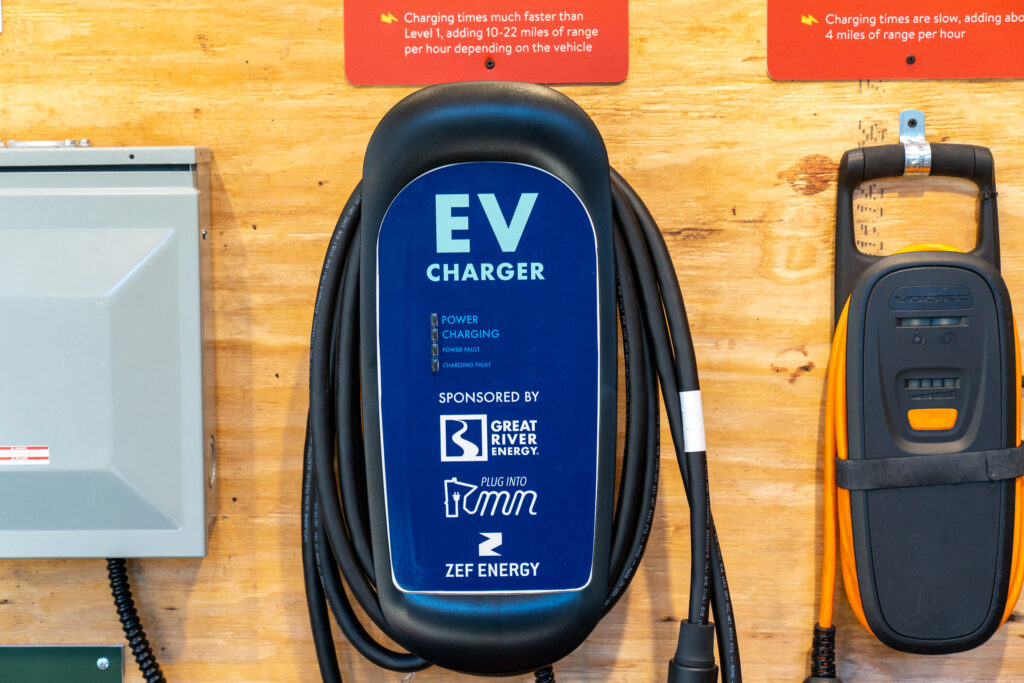
14. **Unlocking Savings: Incentives, Rebates, and Smart Charging Strategies**
Beyond fuel savings, numerous financial incentives and smart strategies significantly reduce home EV charging costs. Leveraging these opportunities offsets installation expenses and ongoing bills, making the electric transition more attractive.
The **Federal Tax Credit** offers 30% of EV Supply Equipment (EVSE) and installation cost, up to $1,000, for residential properties. This credit substantially recoups initial outlay, making professional installation more affordable.
**Utility rebates** are another excellent local saving source. Many providers offer up to $500 or more back on charger installation, encouraging EV adoption. Check with your local utility, as these incentives vary regionally.
Furthermore, **state programs** provide additional rebates, potentially covering a significant portion or even the entire cost of the unit and installation. The GreenCars Incentive Tool is a valuable resource for discovering available regional incentives.
Finally, **smart charging strategies** are crucial for ongoing electricity bill savings. Smart chargers enable scheduling charging during off-peak hours when rates are lower. For time-of-use (TOU) plans, this dramatically reduces monthly costs.
Beyond scheduling, integrating your EV charger with rooftop solar can virtually eliminate charging costs. Some advanced chargers support bidirectional charging, allowing your vehicle to power your home during outages, enhancing energy independence.
Embracing home EV charging is more than just convenience; it’s a strategic enhancement to your lifestyle, delivering financial savings and future-proofing your home for a sustainable future. By understanding your options, carefully planning your installation, and actively leveraging available technologies and incentives, you’re not just buying an EV—you’re intelligently investing in an entire ecosystem of efficient, cost-effective, and smart transportation. Your journey to effortless electric driving fundamentally begins at home.


